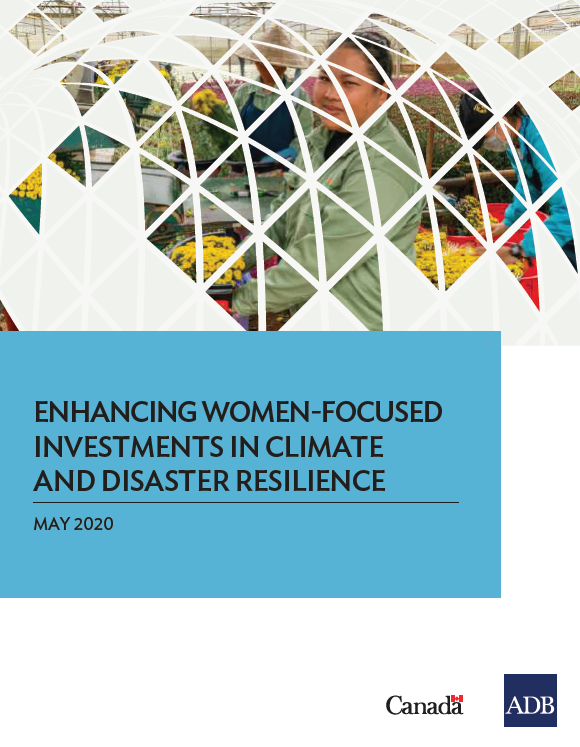Resources
74 Found

How does resilience change over time?
Document Type: ReportsKnowing how climate hazards affect people’s resilience over time is crucial in designing more effective development and humanitarian interventions. This is particularly important in postdisaster
contexts, where people’s livelihood opportunities and wellbeing changes rapidly during the long road to recovery. Yet, to date, our knowledge of resilience is largely guided by snapshots:
one-off surveys taken at a single point in time. This in turn guides how resilience-building interventions are designed and risks neglecting important temporal dimensions of resilience.
Greater insights into the evolving nature of resilience are therefore desperately needed.
How does innovation build climate resilience in the Sahel?
Document Type: ReportsFor farmers everywhere, and especially in the Sahel, innovation is a way of life, as they adapt and change farm practices to increase yields and decrease work inputs. With climate change posing increased risks, community and farm innovations that build climate resilience will help support and enhance the lives of many marginalised people. This paper examines five innovations from the
BRACED programme working with vulnerable Sahelian populations, drawing lessons for other resilience-building efforts.

Exploring links between financial services and climate resilience: evidence from Myanmar
Document Type: ReportsThe Rapid Response Research project seeks to gather information on households’ resilience to climate extremes and its determinants. Under the wider Building Resilience and Adaptation to Climate Extremes and Disasters programme, a series of mobile phone surveys were conducted in Hpa-An township, eastern Myanmar.1 This report lays out early findings from the analysis of survey answers, focusing on access to financial services and emergency funds.

Enhancing women-focused investments in climate and disaster resilience
Document Type: ReportsAs climate and disaster risks increase, they affect the lives and livelihoods of millions of people, especially the marginalized. For various interrelating factors, women are more vulnerable to the
impact of disasters and climate change. Women are often poorer than their male counterparts and have lower levels of economic participation. In Asia, women account for two thirds of the poor and 80% of all people living on under $2 per day (UN Women 2018). Women’s economic activity is highly concentrated in agriculture, the sector highly vulnerable to the impacts of disasters
and climate change. On the other hand, evidence shows that women lead resilience strategies that deal with disaster- and climate-related shocks and stresses, especially at the local level. In many cases, women exhibit leadership as beneficiaries of government’s propoor development programs; and as active members of community-based organizations working closely with local governments, civil society organizations, and the private sector to address adaptation efforts.

Characteristics of a Resilient Community
Document Type: ReportsCharacteristics of a Disaster-Resilient Community is a guidance note for government and civil society organizations working on disaster risk reduction (DRR) and climate change adaptation (CCA) initiatives at community level in partnership with vulnerable communities. It shows what a ‘disaster-resilient community’ might consist of, by setting out the many different elements of resilience. It also provides some ideas about how to progress towards resilience.
